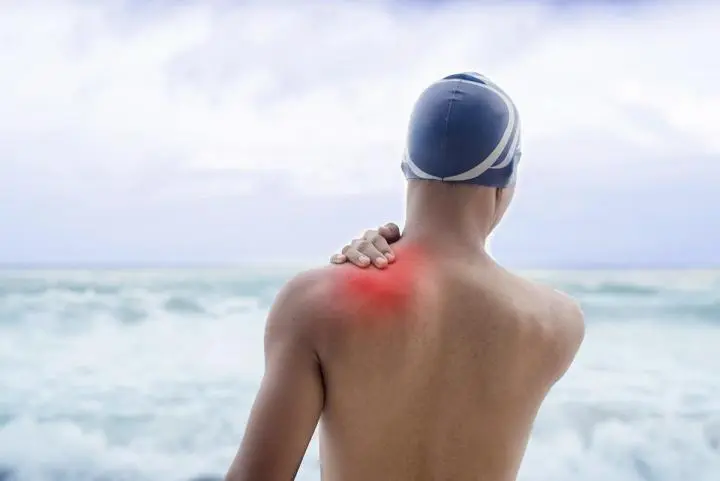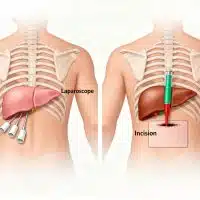
Water Sport Injuries: Tips For Prevention – During the hot summer months, Water Sport Injuries activities are a terrific way to keep active, cool down, and have fun. We are lucky to live on the island of Bali, which is surrounded by sea. Many of us love hobbies such as swimming, sailing, boating, paddle boarding, kayaking, and a lot more, yet we are frequently oblivious of the risks involved.
As summer approaches, BIMC Hospital Kuta examines the most prevalent forms of water sports injuries and offers prevention advice. Water sports, like any sports, have their own variety of safety and health issues. Understanding the risks of each sport’s injuries can help you remain safe throughout the summertime.
Typical Water Sports Injuries
Although water sports aren’t exactly new, it seems like they are becoming increasingly extreme with new devices and accessories constantly entering the market, such as the internationally renowned water jet packs. The problem is that activities which might be enjoyable and relaxing, such as water skiing as well as wakeboarding, may take a rapid turn if accidents occur.
Water skiing as well as wakeboarding are popular activities with a significant risk of damage due to excessive boat speeds, a lack of protective techniques, and stream obstructions.
Swimming: The most common injuries among swimmers consist of shoulder discomfort, knee damage, as well as low back pain caused by the repetitive motions of competitive swimming as well as the power of the wave when in the ocean.
Water Skiing: The most common type of water-skiing injury is one that wraps around the bottom of the leg. The most serious injuries include osteochondral sores of the bone, ankle fractures, ankle sprains, and Achilles tendon ruptures. Because the skier’s legs are linked to their skis, the impact of a fall may exert a lot of stress on the lower part of the leg since the skis move one way while the skier’s body moves in the opposite bearing. Gashes, serious wounds, and concussions are also possible.
Wakeboarding: Wakeboarders are certain to injure their neck and head, with traumas such as cuts and concussions becoming increasingly common. A wakeboarder may gain an advantage, hurling them into the ocean and hitting their skull. Wakeboarding injuries such as ACL tears or ankle sprains are common.
Stand-Up Paddleboarding: Strains on the lower limbs as well as shoulder/rotator cuff conditions are the most prevalent ailments associated with stand-up paddleboarding.
Tubing: The quick start and a forward-facing standing prone when tubing frequently results in neck and head injuries.
Jet Skiing and Surfing: Such high-speed water activities have a likelihood for collision, which can result in concussions and fractures. Most regions of a person’s body can sustain injuries when surfing. Cuts across the head and face, as well as concussions, are likely. Eye injuries can occur when the board’s tip strikes the surfer on the eye. Shoulder breaks, as well as knee or lower leg wounds, are also common.
Injury Prevention Tips
Warm-up: Muscles become more prone to damage when they are cold. As with any other activity, warming up before participation is critical for injury prevention. Once in the sea, make an effort to practice good technique.
Stretch: Treat water-based activities like you would perform any other sport. Employ limbering exercises after you warm up before taking the plunge. Stretching improves the range of motion, which helps you avoid injury as well as muscle strains.
Wear Sufficient Safety Gear: For any activity, always put on a proper and appropriate gear. This is essential, regardless of the level of skill. You may have underestimated the scenario, or you can get tired; accidents happen. Wearing a helmet is an option. This approach is becoming more common, and in certain jurisdictions, it is even required. Be ready and safe.
Stay Hydrated and Fueled: The musculoskeletal system in your body operates best when it is adequately fueled and hydrated. Dehydration causes muscular cramping, which can result in stains or rips.
Avoid Alcohol: Having a few drinks before heading out on jet skis or water skis is certainly one of the most dangerous things you might do. Alcohol weakens judgment and hinders coordination. This might not only inflict harm, but it could possibly be deadly. If you wish to drink, skip this one.
Take Rests: Even if you’re having a great time, remember to take rest. Muscle weariness can strike suddenly and typically at the worst possible time. Taking pauses helps your body to repair itself.
Know Your Boundaries: Know when it’s time to say no! Pushing it excessively might be harmful. Have fun, but most importantly, be cautious and pay attention to your body!
Physical Therapy Suggestions
Improved body awareness has important components that can assist prevent harm on the water. The most significant ones focus on developing a good sense of balance. Following that, it is critical to concentrate on adaptability. Finally, you must engage in strength-building sport-specific activities.
If you aren’t experiencing any relief by these self-help suggestions, it’s time to consult a specialist. For an assessment, contact BIMC Hospital Kuta right away. Our skilled staff can offer therapy for water sport injuries prevention and recovery.











